21 Sep 2025
Delhi woke up to the news of one of its largest coordinated crackdowns in recent months. In the early hours of Sunday, the Delhi Police launched “Operation Aaghaat”, a multi-district raid that culminated in 24 arrests, seizure of arms, cash, and electronic devices linked to narcotics distribution and organized crime.
The pre-dawn operation spanned multiple nodes of the National Capital Region (NCR), especially outer Delhi fringes and inter-state spillover zones, where traffickers often exploit porous borders. According to officials, the raids were informed by weeks of intelligence gathering, informant tips, and call-detail analysis, allowing police to strike simultaneously at multiple hideouts.
This article unpacks what Operation Aaghaat means for Delhi’s law-and-order landscape—covering the arrests, the seized items, the broader strategy of choking criminal finances, and the growing challenge of narcotics-linked violence in the NCR.
How Operation Aaghaat Unfolded
- Timing: Raids were executed between 3:00 and 6:00 AM, catching suspects off-guard.
- Scale: Involved multiple district police units, anti-narcotics squads, and local crime branches.
- Method:
- Raids on hideouts flagged by surveillance and informants.
- Parallel interception of vehicles suspected of moving contraband.
- Quick forensic scans of seized phones for leads on wider networks.
Officials confirmed recovery of:
- Arms: Several country-made pistols, live cartridges.
- Cash: Unaccounted bundles suspected to be proceeds of drug sales.
- Electronics: Multiple mobile phones and SIM cards used for coordination.
The Target: Narcotics and Gangs
Narcotics networks in NCR are no longer small-scale. Police officials say syndicates are increasingly tied to:
- Extortion rackets running alongside drug trade.
- Illegal arms flows fueling gang rivalries.
- Inter-state movement across Haryana, Uttar Pradesh, and Rajasthan.
Senior police officers described Operation Aaghaat as a “decisive step to cut financial arteries” of these networks. By freezing proceeds of crime and seizing weapons, the police hope to curb gang capacity for violence.
The Bigger Picture: Delhi’s Crime Challenge
Delhi has long battled organized crime, but the narcotics–gang nexus has become sharper in recent years.
- Street-level turf wars over drug distribution zones have triggered multiple murders.
- Youth recruitment into gangs through narcotics trade is rising.
- Spillover effect: With NCR’s interconnected transport hubs, contraband moves quickly across state lines.
Operation Aaghaat fits into a broader push by Delhi Police to marry traditional policing with digital forensics, including CDR (call detail record) analysis and surveillance footage triangulation.
Legal Action
Police confirmed cases have been registered under:
- Indian Penal Code (IPC): Sections linked to criminal conspiracy, extortion, and unlawful assembly.
- Arms Act: For possession of illegal weapons.
- NDPS Act (Narcotic Drugs and Psychotropic Substances Act): For narcotics-related charges.
Suspects have been remanded to custody, with investigators expected to use custodial interrogation to map supply chains and financial flows.
Reactions
- Law enforcement: Senior officers called it “a warning shot” to gangs that the police are willing to act decisively.
- Residents: Many NCR residents expressed relief, noting recent anxieties over rising gang violence.
- Legal experts: Some warn that swift chargesheets and judicial follow-up are necessary to ensure arrests do not fade into backlog.
Financial Choke Strategy
Operation Aaghaat follows earlier phases where Delhi Police froze assets linked to narcotics proceeds. The idea is to target both the muscle and the money:
- Arrests weaken operational capacity.
- Asset freezes cripple the ability to recruit and rearm.
This dual approach is seen as crucial in deterring the cycle of gang regeneration.
National & Regional Context
The crackdown reflects a national trend of intensifying action against narcotics-linked crime:
- Punjab: Police targeting cross-border drug smuggling.
- Mumbai: NCB seizures of synthetic drugs.
- Bengaluru: Cyber-drug trafficking busts.
Delhi’s position as a transit hub makes it especially vulnerable, with highways, airports, and inter-state bus routes enabling rapid distribution.
Challenges Ahead
- Legal Delays: Cases under the NDPS Act are often prolonged.
- Inter-state Coordination: Gangs exploit jurisdictional gaps.
- Root Causes: Youth unemployment and easy money lure recruits.
- Digital Shadows: Encrypted apps complicate police tracking.
Conclusion
Operation Aaghaat is not just a raid—it is a statement of intent. By combining arrests, seizures, and financial freezes, Delhi Police aims to strike at the core of organized crime networks. But experts caution: only sustained enforcement, inter-state coordination, and judicial efficiency can ensure lasting impact.
For now, the capital has seen a powerful show of force—a reminder that the law can move swiftly when gangs overstep.
#DelhiPolice #Crime #Narcotics #OperationAaghaat #LawAndOrder #NCR #Security #GangCrime











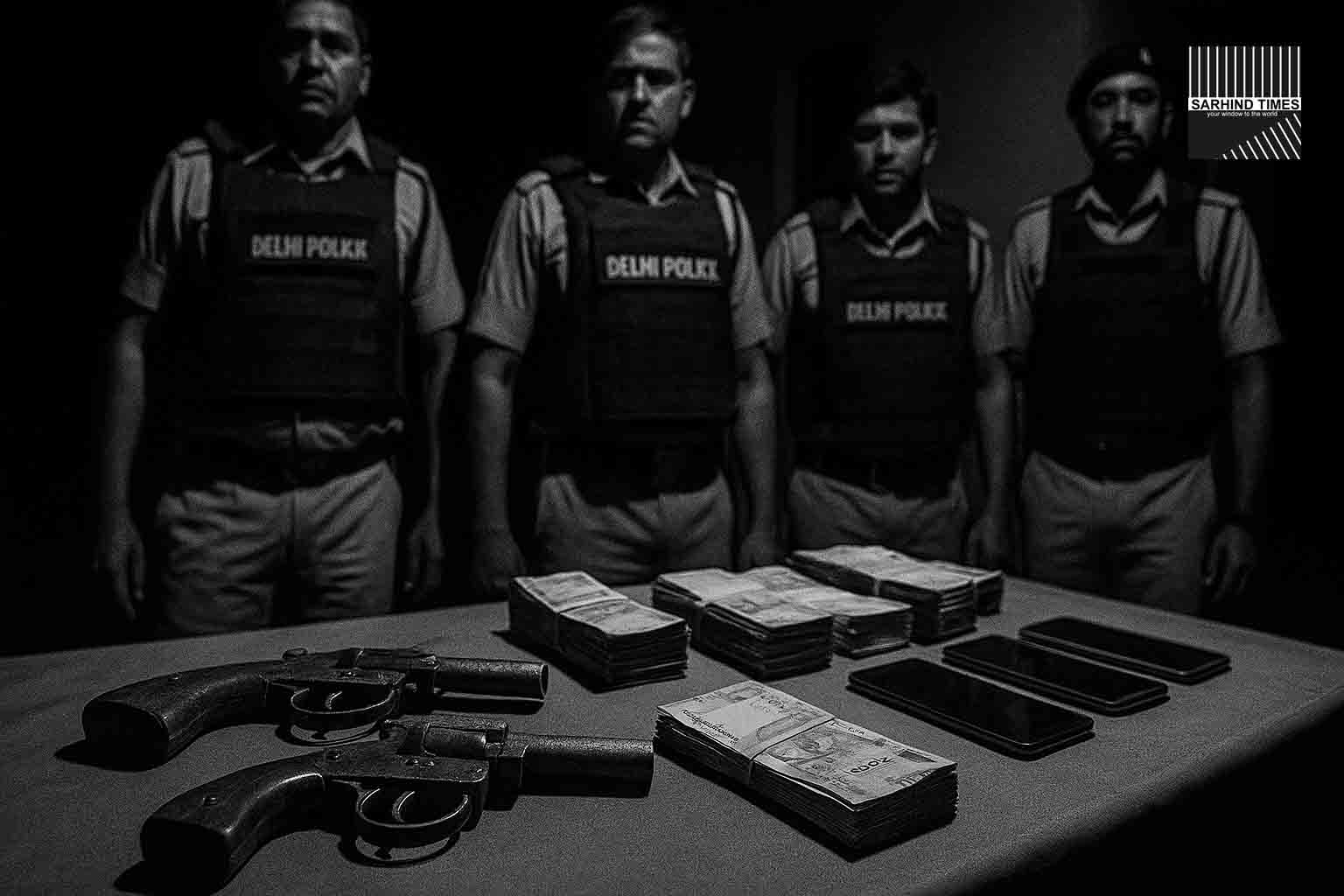
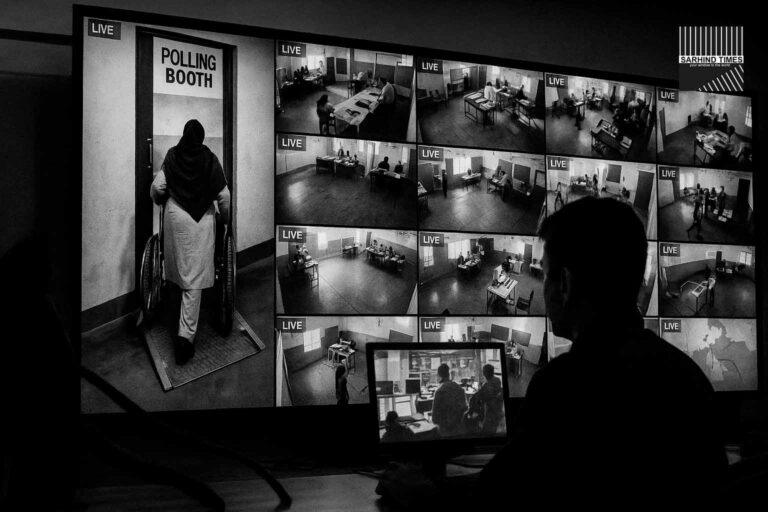

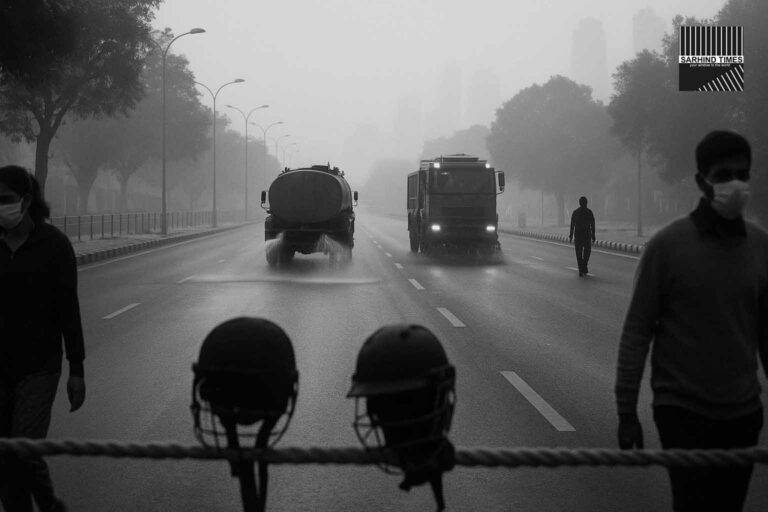

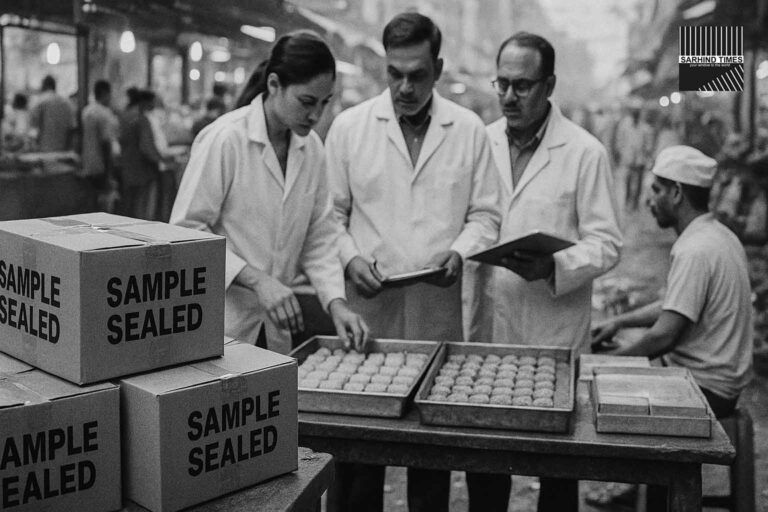


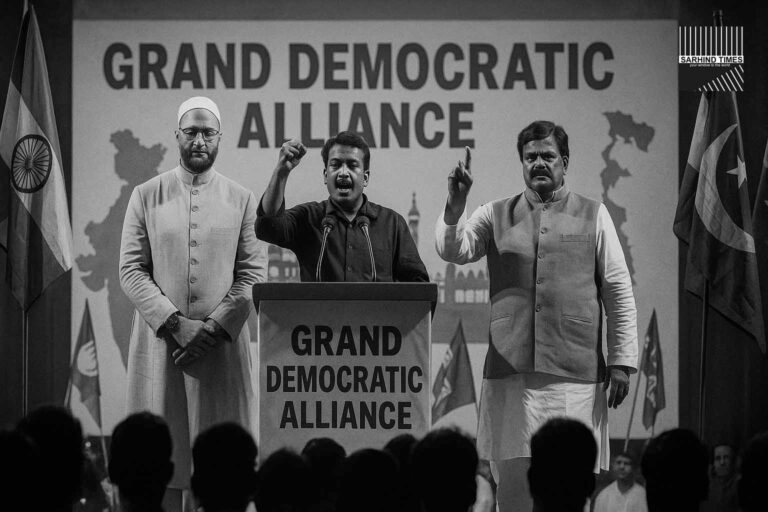
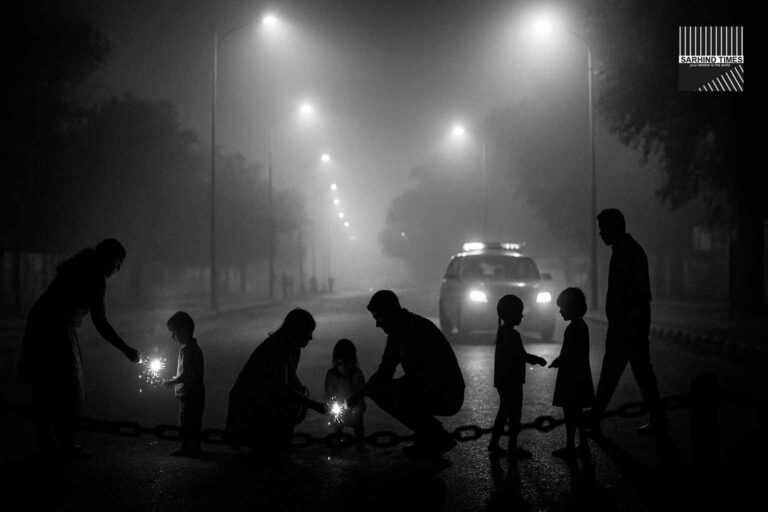

+ There are no comments
Add yours